-
 play_arrow
play_arrow
PUKfm
-
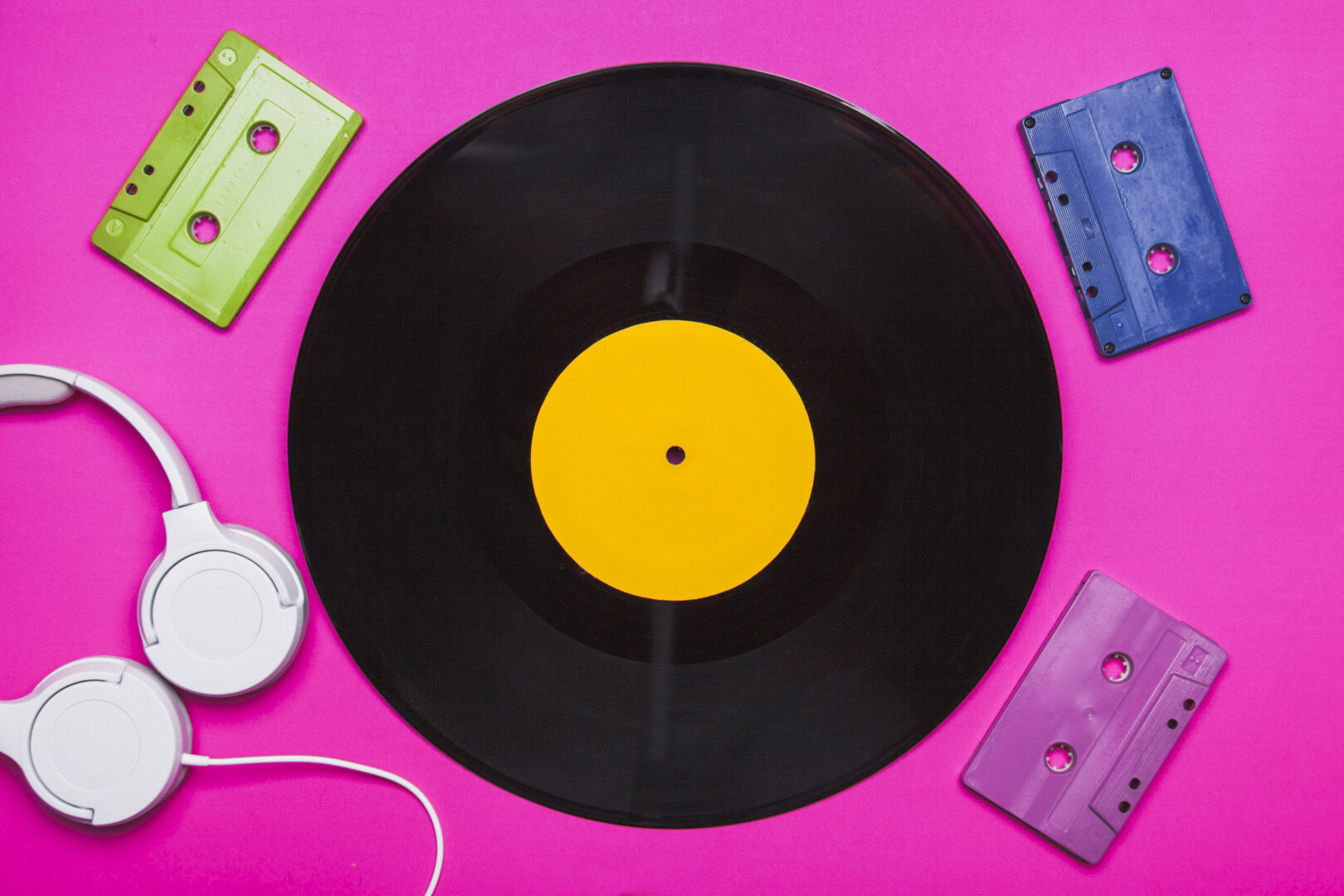 play_arrow
play_arrow
London Calling Podcast Yana Bolder
-
 play_arrow
play_arrow
Summer Festival Podcast Robot Heart
-
 play_arrow
play_arrow
Electronic Trends Podcast Aaron Mills
-
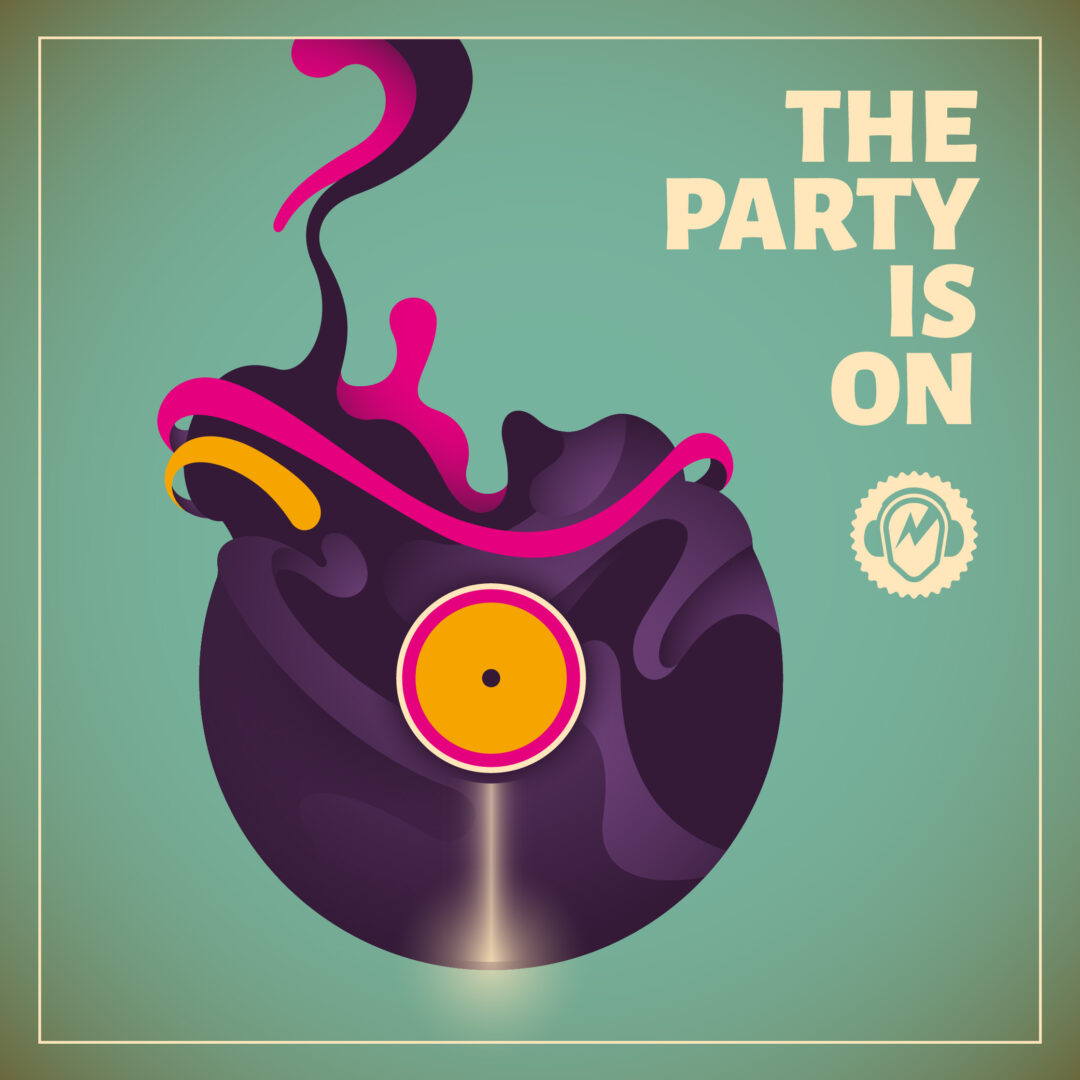 play_arrow
play_arrow
New Year Eve Podcast Robot Heart
-
 play_arrow
play_arrow
Techno Podcast Robot Heart
-
 play_arrow
play_arrow
Flower Power Festival Podcast Robot Heart
-
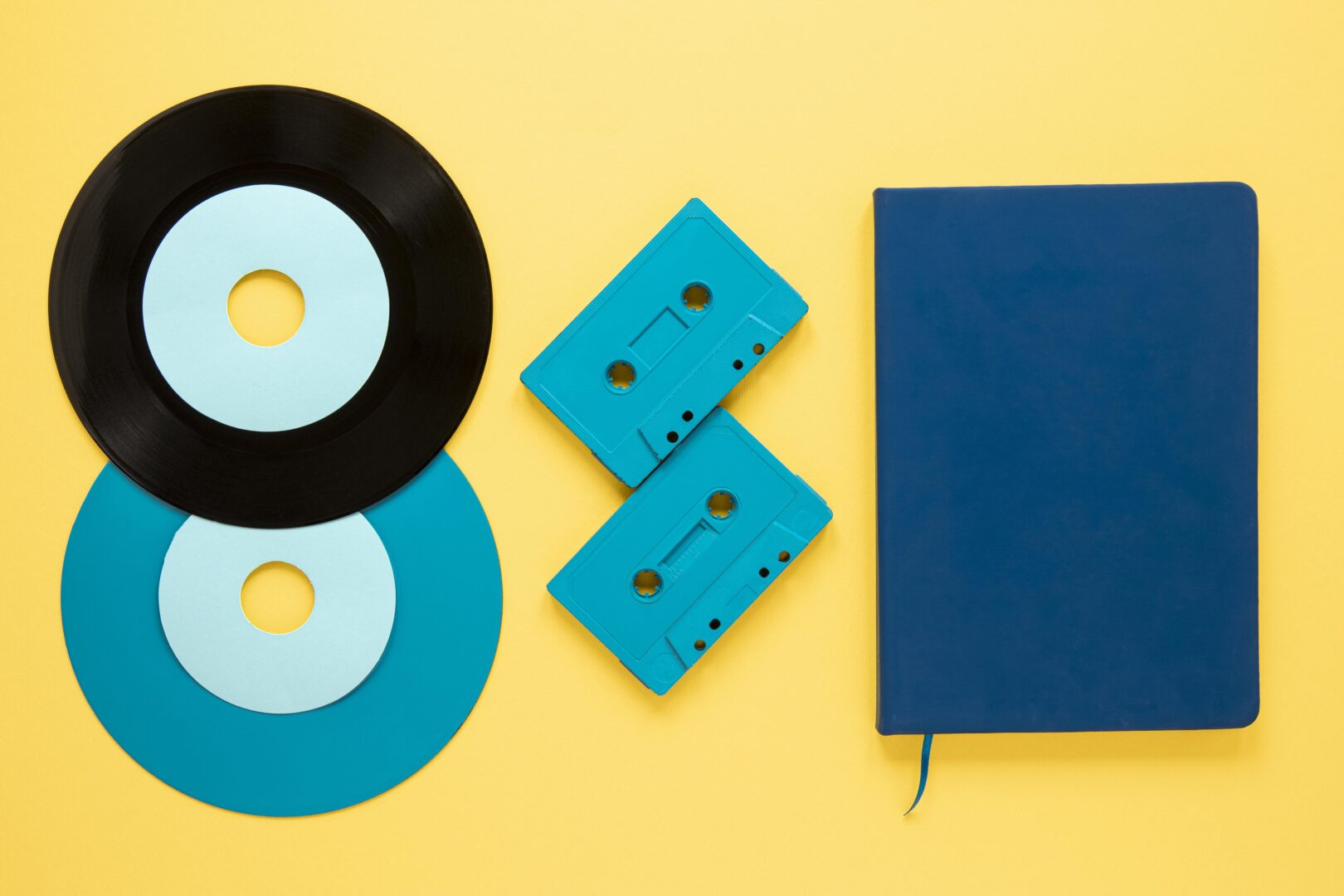 play_arrow
play_arrow
Tech House Podcast Robot Heart
-
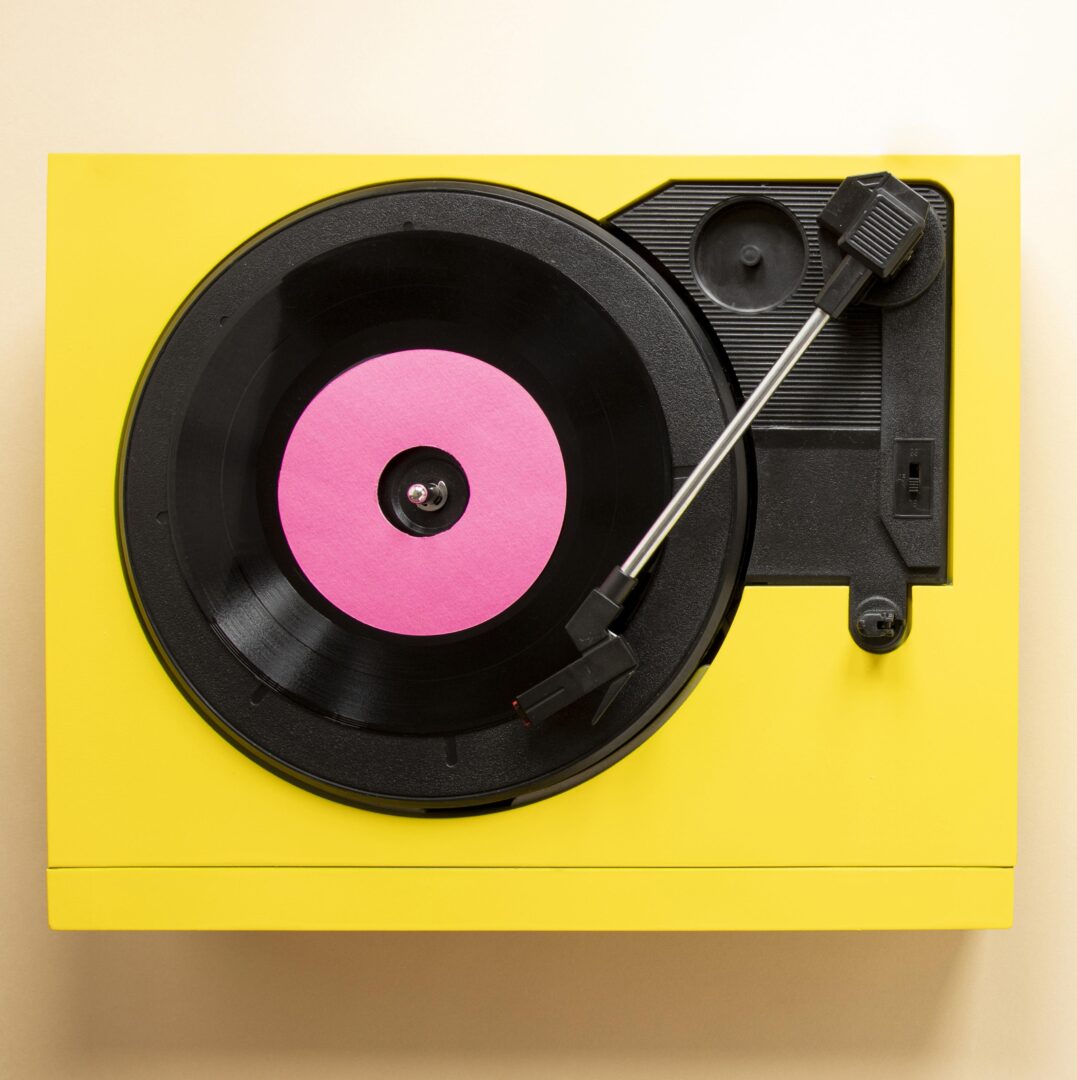 play_arrow
play_arrow
Winter Festival Podcast Robot Heart
Rebecca Odell
@bex.odell
“Pads, tampons, or menstrual cups?” The question that is being asked continuously as everything becomes more expensive and everyone becomes more eco-conscious. The answer, however, is simple.
If the average woman using pads uses an average of 3 pads a day for 5 days every month and has her period for 40 years, she will spend approximately R12 960 on pads in her lifetime. If the average woman using tampons uses 4 tampons over 5 days every month and has her period for 40 years, she will spend approximately R16 800 on menstrual products in her lifetime. However, if a woman uses a menstrual cup over the course of her lifetime, she will spend only R2000 on menstrual products.
Aside from being more costly, research points to various harmful effects of single-use sanitary products. The website www.onlymyhealth.com interviewed a senior gynaecologist, dr Aruna Karla, who said that pads can contain dioxin. This is a chemical used to bleach the pad and can interfere with the body’s immune system. They are also made from cotton grown by farmers, most of which will use pesticides to ensure proper crop growth. Tampons, on the other hand, can cause toxic shock syndrome (TSS). Although uncommon, it can be life-threatening. TSS occurs when bacteria gets into the body and causes toxic chemicals to be released.
In addition to the negative effects these products can have on your body, they are also detrimental to our environment. Non-organic pads can take between 500 – 800 years to decompose in a landfill site. If burnt, they release toxic and harmful chemicals into the air. Furthermore, the plastic packaging these products come in will never break down. Tampons will take between 6 months and 5 years to decompose in a landfill site, but again, any plastic packaging the products come in will not biodegrade.
Menstrual cups, however, are made of silicone, which doesn’t take as long to break down. On top of this, most companies selling menstrual cups sell the product in cardboard packaging. This negates the effect of having plastic packaging. The silicone product is also much better for your body and can be changed fewer times a day with no risk of TSS or exposing your body to harmful chemicals.
Menstrual cups are therefore better for your body, the environment, and your wallet – the obvious answer to the question posed.
Written by: Wapad
Similar posts
Recent Comments
Chart
-
-
-
 play_arrow
play_arrow
I Had Some Help (feat. Morgan Wallen) Post Malone
-
-
-
 play_arrow
play_arrow
Not Like Us Kendrick Lamar
-
-
Top popular

VARSITY CUP TICKET RESELLERS AND BUYERS – MAY BE DENIED ACCESS

UNANSWERED AND UNSPOKEN: NWU’S SILENCE ON SUSPENSION OF SCC STUDENT LEADER

MARCHING FOR JUSTICE AND POLICE ACCOUNTABILITY: THE TRUTH BEHIND THE TMM LOFTS PROTEST

DEGENAAR PRAAT OOR DIE NA-SKOK VAN ‘N TRAGEDIE

STUDENTS NO LONGER SAFE BEHIND LOCKED DOORS!


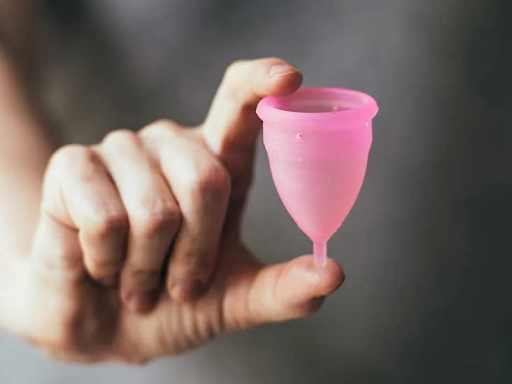



Post comments (0)